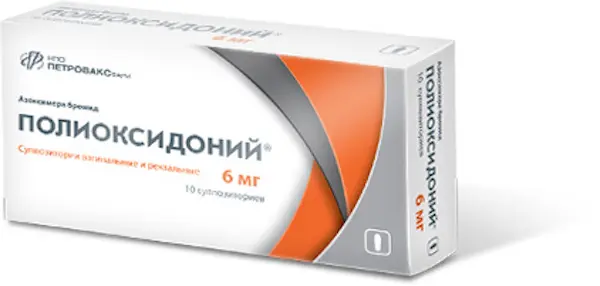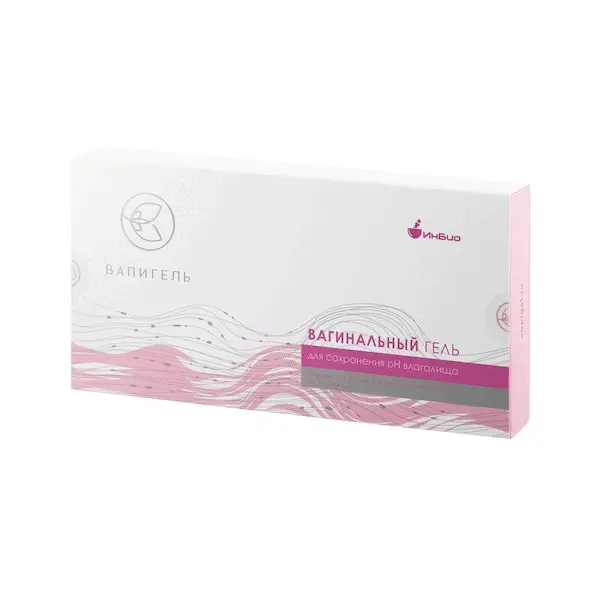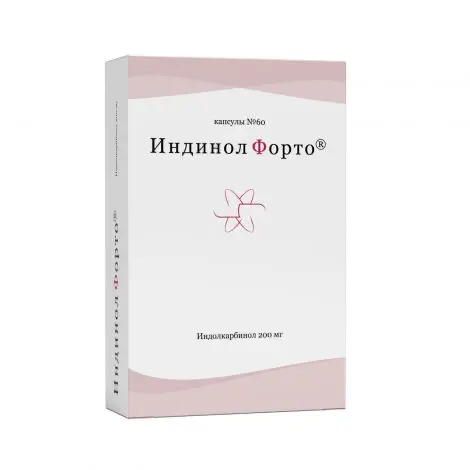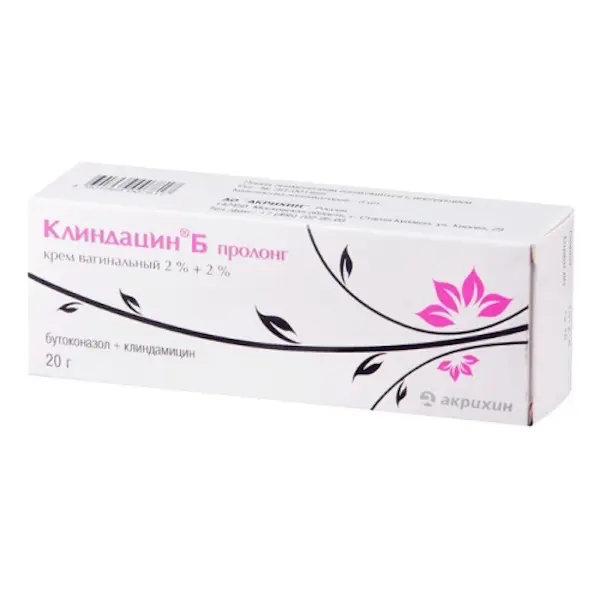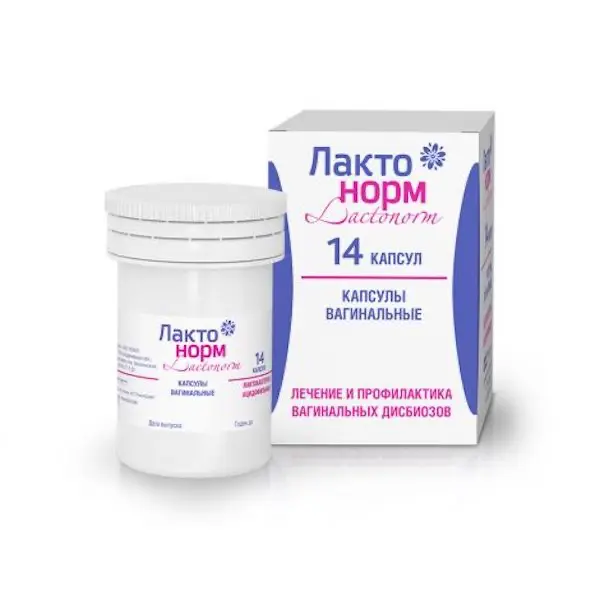Description
Polyoxidonium Pharmacodynamics
Azoximera bromide has a complex action: immunomodulatory, detoxifying, antioxidant, moderate anti-inflammatory.
The basis of the mechanism of immunomodulatory action of Azoximer bromide is a direct impact on phagocytic cells and natural killer cells, as well as stimulation of antibody formation, synthesis of interferon-alpha and interferon-gamma.
The detoxifying and antioxidant properties of Azoximer bromide are largely determined by the structure and high molecular weight nature of the drug. Azoximera bromide increases the body’s resistance to local and generalized infections of bacterial, fungal and viral etiology. Restores immunity in secondary immunodeficiency conditions caused by various infections, injuries, complications after surgery, burns, autoimmune diseases, malignant tumors, chemotherapy drugs, cytostatics, steroid hormones. The use of Polioxidonium® against secondary immunodeficiency states can improve and shorten the duration of treatment, significantly reduce the use of antibiotics, bronchodilators, glucocorticosteroids and extend the period of remission.
Inclusion of Polioxidonium® in the treatment of cancer patients reduces intoxication during chemotherapy and radiation therapy and in most cases allows the standard therapy without changing the regimen due to the development of infectious complications and side effects (myelosuppression, vomiting, diarrhea, cystitis, colitis and others).
A characteristic feature of Azoximer bromide when used topically (intranasally, sublingually) is the ability to activate the body’s early defense factors against infection: the drug
stimulates bactericidal properties of neutrophils, macrophages, enhances their ability to absorb bacteria, increases the bactericidal properties of saliva and mucosal secretion of the upper respiratory tract.
Azoximera bromide blocks soluble toxic substances and microparticles, has the ability to remove from the body toxins, salts of heavy metals, inhibits lipid peroxidation by both intercepting free radicals and through the elimination of catalytically active Fe2+ ions. Azoximera bromide reduces the inflammatory response by normalizing the synthesis of pro- and anti-inflammatory cytokines.
Azoximera bromide is well tolerated, has no mitogenic, polyclonal activity, antigenic properties, has no allergic, mutagenic, embryotoxic, teratogenic and carcinogenic effect. Azoximera bromide
is odorless and tasteless, has no local irritant effect when applied to the mucous membranes of the nose and oropharynx.
Indications
It is used in adults and children from 6 months for treatment and prophylaxis of infectious and inflammatory diseases (of viral, bacterial and fungal etiology), with acute and remission phases.
For the treatment of adults (in combination therapy):
– Chronic recurrent inflammatory and infectious diseases of various localizations, bacterial, viral and fungal etiology in acute remission stage;
– Acute viral, bacterial infections of ENT-organs, upper and lower respiratory tract, gynecological and urological diseases;
– acute and chronic allergic diseases (including pollinosis, bronchial asthma, atopic dermatitis), complicated by bacterial, viral and fungal infections;
– malignant tumors during and after chemotherapy and radiation therapy to reduce the immunosuppressive, nephro- and hepatotoxic effects of drugs;
– generalized forms of surgical infections; for activation of regenerative processes (fractures, burns, trophic ulcers);
– rheumatoid arthritis, complicated by bacterial, viral and fungal infections, against the background of long-term immunosuppressants;
– pulmonary tuberculosis.
For the treatment of children over 6 months (in the complex therapy):
– Acute and exacerbation of chronic inflammatory diseases of any localization (including ENT-organs – sinusitis, rhinitis, adenoiditis, pharyngeal tonsil hypertrophy, ARVI), caused by pathogens of bacterial, viral, fungal infections;
– acute allergic and toxic-allergic conditions complicated by bacterial, viral and fungal infections;
– Bronchial asthma complicated by chronic respiratory tract infections;
– Atopic dermatitis complicated by purulent infection;
– intestinal dysbacteriosis (in combination with specific therapy).
For the prevention (monotherapy) in children over 6 months and adults:
– Influenza and acute respiratory infections;
– postoperative infectious complications.
Contraindications
– Individual hypersensitivity;
– Pregnancy, breast-feeding;
– Children under 6 months of age;
– acute renal failure.
How to use and doses
- Use the drug only according to the indications, the route of administration and the dosage indicated in the instructions.
- If there is no improvement after treatment, or if symptoms worsen or new symptoms appear, consult a doctor.
- Rectally and vaginally once daily, every other day or twice a week.
- If necessary, repeated courses of therapy may be carried out after 3-4 months. If the drug is administered repeatedly its efficacy does not decrease.
- Recommended regimens for use of the drug
- For the treatment of adults:
- – Rectally, 1 suppository once a day after cleansing the bowels;
- – Vaginally for gynecological diseases: 1 suppository 1 time per day (at night) is inserted into the vagina in a supine position.
- – In chronic inflammatory diseases in the acute stage – suppositories 12 mg 1 time per day for 3 days, then every other day. The course of treatment is 10 suppositories;
- – In acute infections and to activate regenerative processes (fractures, burns, trophic ulcers) – suppositories 12 mg 1 time daily. The course of treatment – 10 suppositories;
- – In gynecological diseases – suppositories 12 mg 1 time per day every day for 3 days and then every other day. The course of treatment is 10 suppositories;
- – In exacerbations of urological diseases (urethritis, pyelonephritis, cystitis, prostatitis) – suppositories 12 mg 1 time daily. The course of treatment is 10 suppositories;
- – In the case of pulmonary tuberculosis – suppositories 12 mg 1 time daily for 3 days and then every other day. The course of treatment is 20 suppositories. Further it is possible to use maintenance therapy suppositories 6 mg 2 times a week, the course up to 2-3 months;
- – In the treatment of cancer during chemotherapy and radiation therapy – suppositories 12 mg daily for 2-3 days before chemotherapy or radiation therapy. Then 12 mg twice a week, a course of up to 20 suppositories;
- – In allergic diseases complicated by an infectious syndrome – suppositories 12 mg once a day daily. The course of treatment is 10 suppositories;
- – In rheumatoid arthritis – suppositories 12 mg every other day. The course of treatment is 10 suppositories.
- For prevention (monotherapy):
- – exacerbations of chronic foci of infections, recurrent herpetic infection of the urogenital tract – suppositories 12 mg every other day. The course is 10 suppositories;
- – Influenza and acute respiratory infections – suppositories 12 mg once a day. The course of 10 suppositories;
- – Secondary immunodeficiencies resulting from aging – suppositories 12 mg 2 times a week. The course – 10 suppositories, 2-3 times a year.
- For the treatment of children and adolescents from 6 to 18 years:
- For children and adolescents from 6 to 18 years old, suppositories are administered only rectally, 1 suppository 6 mg once a day after cleansing the bowels.
- – In chronic inflammatory and infectious diseases with acute conditions – suppositories 6 mg 1 time per day every day for 3 days, then every other day. The course of treatment is 10 suppositories;
- – In acute infections and to activate regenerative processes (fractures, burns, trophic ulcers) – suppositories 6 mg 1 time daily. The course of treatment – 10 suppositories;
- – In exacerbations of urological diseases (urethritis, pyelonephritis, cystitis, prostatitis) – suppositories 6 mg 1 time daily. The course of treatment is 10 suppositories;
- – In the case of pulmonary tuberculosis – suppositories 6 mg 1 time daily for 3 days and then every other day. The course of treatment is 20 suppositories. Further it is possible to use suppositories 6 mg suppositories 2 times a week, the course of treatment up to 2-3 months;
- – In the treatment of cancer during chemotherapy and radiation therapy – suppositories 6 mg daily for 2-3 days before chemotherapy or radiation therapy. Then 6 mg twice a week, a course of up to 20 suppositories;
- – In allergic diseases complicated by an infectious syndrome – suppositories 6 mg once a day daily. The course of treatment is 10 suppositories;
- – In rheumatoid arthritis – suppositories 6 mg every other day. Course of treatment – 10 suppositories.
- For prevention (monotherapy):
- – exacerbations of chronic foci of infections, recurrent herpetic infection of the urogenital tract – suppositories 6 mg every other day. The course is 10 suppositories;
- – Influenza and acute respiratory viral infections – suppositories 6 mg once a day, the course of 10 suppositories.
- For patients who have been treated with immunosuppressive therapy for a long time, cancer patients, patients who have undergone radiation, patients with acquired defects in the immune system – HIV, long-term from 2-3 months to a year maintenance therapy with Polioxidonium (12 mg for adults, 6 mg for children over 6 years – 1-2 times a week) is indicated.

